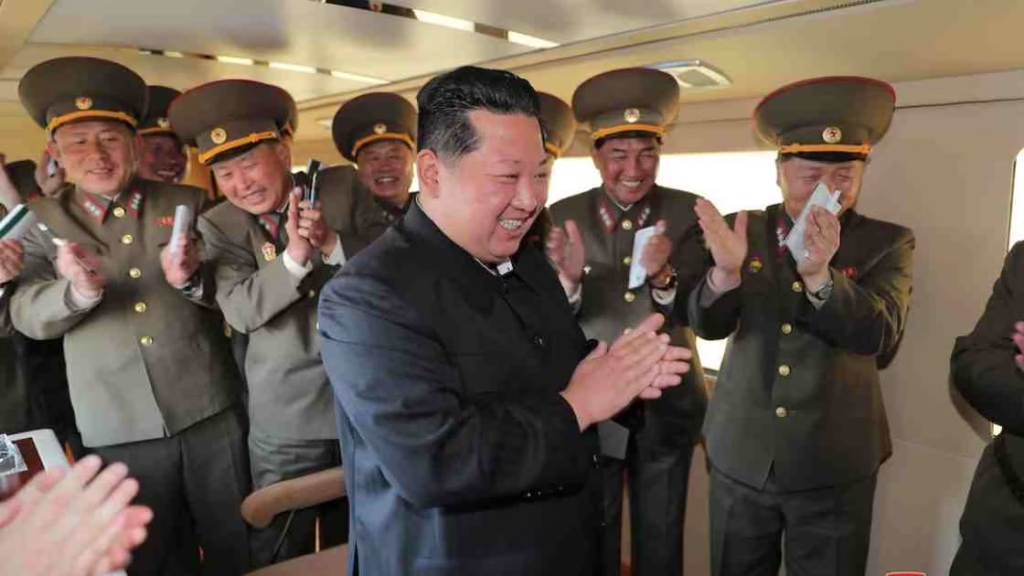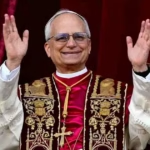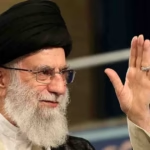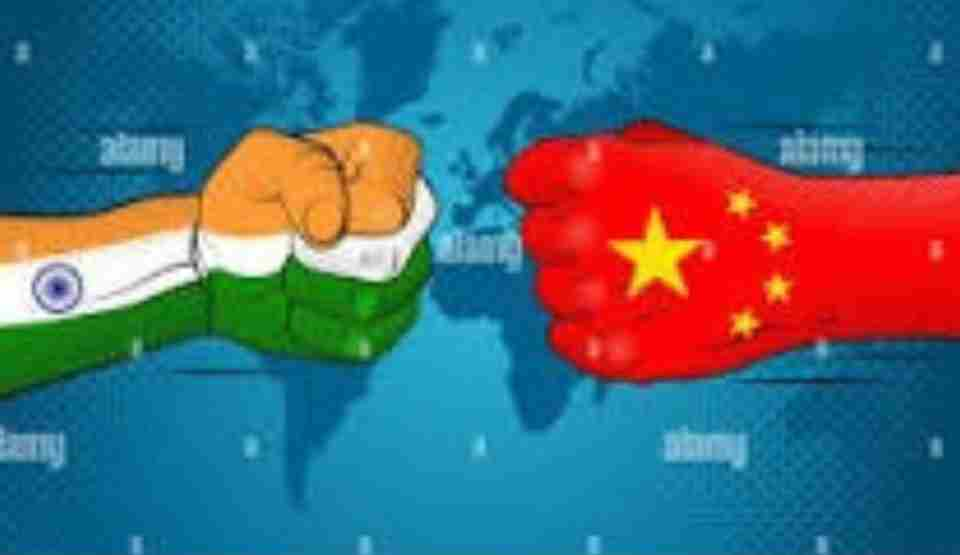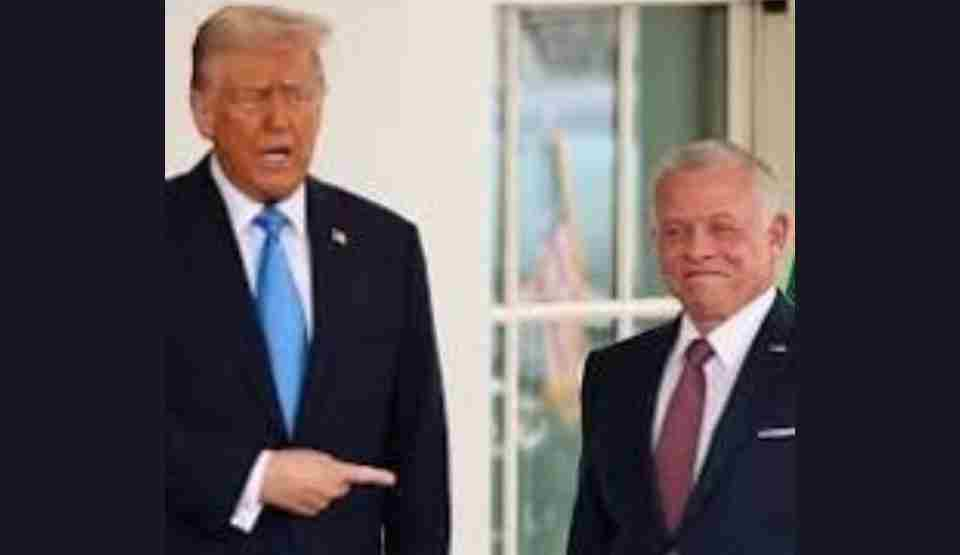North Korean leader Kim Jong Un oversaw the testing of advanced antiaircraft missile systems over the weekend, according to state media reports released Sunday. The weapons trials demonstrate Pyongyang’s continued military modernization efforts amid ongoing joint military exercises between South Korea and the United States.

Test Details and Capabilities
The Korean Central News Agency reported that Saturday’s tests involved two distinct types of air defense missiles designed to neutralize aerial threats including unmanned drones and cruise missiles. The weapons demonstrated successful performance during the trials, though specific technical details, testing locations, and missile designations were not disclosed in the official announcement.
Following the test, Kim Jong Un reportedly assigned undisclosed strategic objectives to the nation’s defense research teams in preparation for a significant political gathering anticipated in early 2025. Notably, the leader’s public statements during the event made no direct reference to either the United States or South Korea.
Regional Diplomatic Context
The missile tests occurred simultaneously with significant diplomatic activity in the region. South Korean President Lee Jae Myung traveled to Tokyo for high-level discussions with Japanese Prime Minister Shigeru Ishiba, where both leaders committed to deepening bilateral relations and reinforcing their trilateral security partnership with Washington to address shared security concerns, particularly North Korea’s nuclear program development.
President Lee subsequently departed for Washington on Sunday to conduct summit meetings with U.S. President Donald Trump, highlighting the coordinated diplomatic response to regional security challenges.
Stalled Nuclear Negotiations
North Korea has consistently rejected recent diplomatic overtures from Seoul and Washington aimed at resuming suspended denuclearization talks. Instead, Kim Jong Un’s administration has pursued closer ties with Russia as part of a broader foreign policy strategy focused on building relationships with nations that oppose U.S. global influence.
Military Cooperation with Russia
Since Russia’s military campaign in Ukraine began, North Korea has significantly expanded its support for Moscow’s war effort. Intelligence assessments indicate that Pyongyang has deployed approximately 15,000 military personnel to Russia since autumn 2024, with South Korean estimates suggesting around 600 North Korean soldiers have been killed in combat operations.
Beyond troop deployments, North Korea has supplied substantial quantities of military hardware to Russia, including artillery systems and ballistic missiles. This military partnership has raised concerns among Western analysts about potential technology transfers that could enhance North Korea’s defense capabilities.

Technology Transfer Concerns
Defense experts have identified North Korea’s outdated air defense and radar infrastructure as likely areas where Russian technical assistance could prove valuable. South Korea’s previous conservative administration reported in November that Russia had provided missile systems and additional equipment to strengthen air defenses around Pyongyang, though specific system details were not disclosed.
Recognition of Combat Veterans
Last week, Kim Jong Un held a ceremonial event in Pyongyang honoring North Korean forces who served in Ukraine. The leader awarded state “hero” designations to returning soldiers and posthumously recognized 101 fallen personnel, praising them as exemplary patriots according to state media coverage.
Future Military Deployments
Intelligence sources suggest North Korea has also committed to sending thousands of military engineers and explosive ordnance disposal specialists to Russia’s Kursk region, with South Korean intelligence agencies indicating this deployment could occur in the near future.

